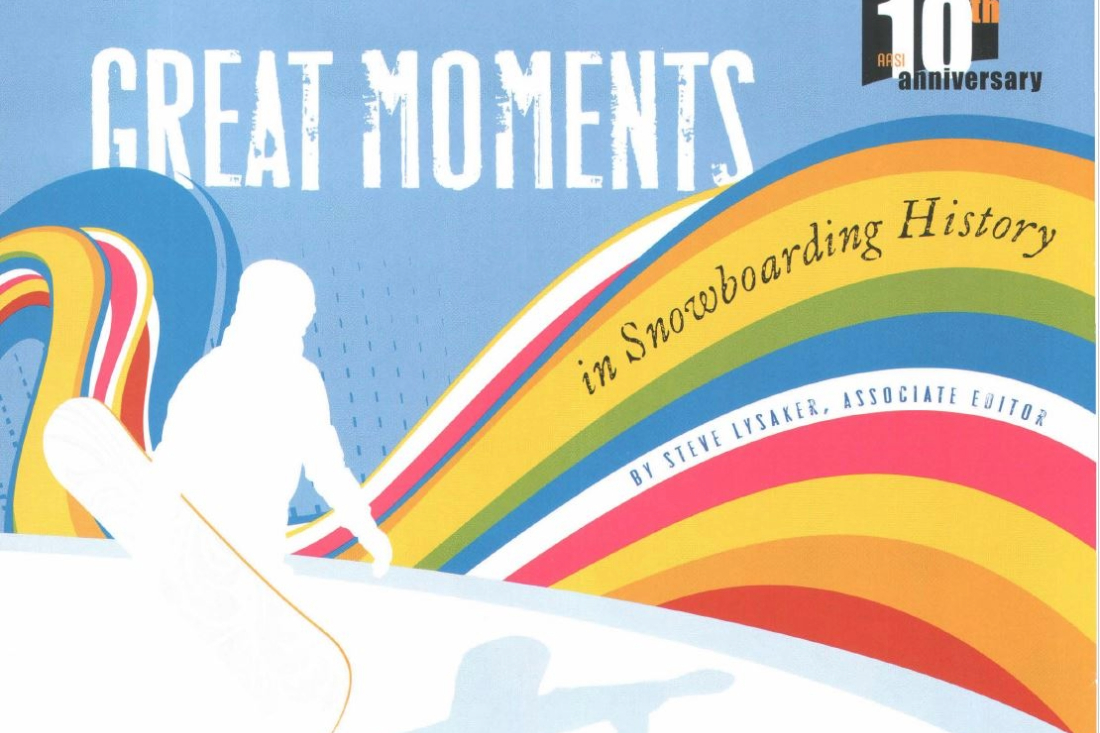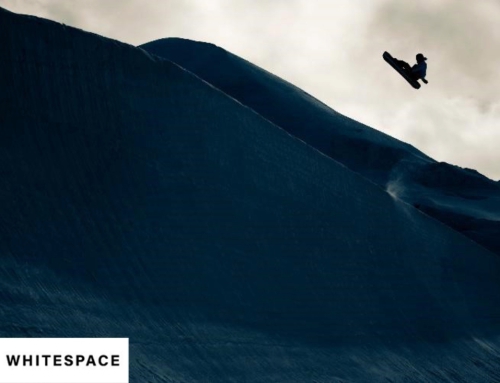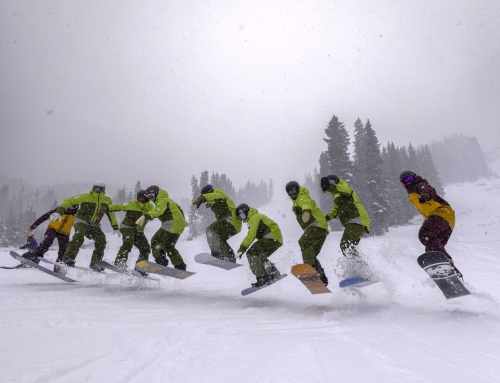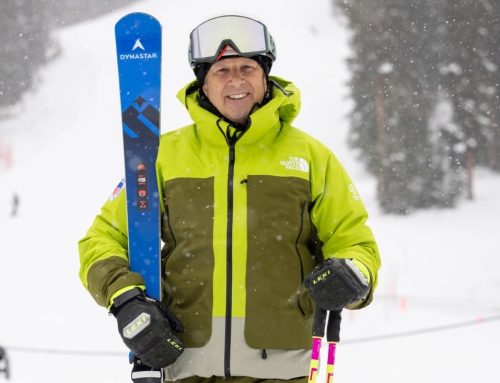From the Archives: “Great Moments in Snowboarding History,” Part 1
For this installment of “From the Archives,” we go back to the Winter 2008 issue of The Pro Rider, with a fun article by then-Associate Editor Steve Lysaker. That winter, the Coen Brothers’ film No Country for Old Men took home best picture and best director at the 80th Academy Awards; Tom Petty headlined the halftime show at Super Bowl XLII, where the New York Giants stifled the New England Patriots’ quest for a perfect season, 17-14; and Breaking Bad premiered on AMC in January.
***
The Beginning
1917-1918: Longing for the invention of cafeteria trays, soldiers stationed in Europe during World War I stand surf-style on barrel staves and ride them downhill for recreation.
1929: M.J. “Jack” Burchett binds plywood plank to feet with clothesline and horse reins, attempts to glide down snow-covered hill. Great Depression puts damper on national quest for radness, stifles potential trend.
1938: Chicago resident Vern Wicklund allegedly descends small hill on homemade, snowboard-like sled. At the 2000 Snowsports Industries America show, Burton Snowboards unveils what is purported to be footage of this historic event (although some attendees believe the film a hoax). Wicklund and coinventors Gunnar and Harvey Burgeson were granted a patent for their device – which features footstraps and an upturned nose eerily similar to early Burton models – in 1939.
The 1960s and 1970s
1963: Eventual industry legend Tom Sims crafts a “skateboard for snow” in his New Jersey junior high shop class using pine, carpet, and aluminum sheeting. The finished product bears no resemblance to the assigned birdhouse.
1965: The Snurfer is created by Michigan-based chemical engineer Sherman Poppen, who bolts two skis together and attaches a rope to the front tips for steering. Patented by Poppen and produced by Brunswick, the Snurfer sells more than a million units in the ensuing decade, spawning organized races with cash prizes. Future ESPN executives take note, begin fretting over marketability of the name.
1974: Based on designs he made with New Jersey surfboard shaper Wayne Stoveken, Dimitrije Milovich receives a patent for a “snow surfboard,” which would evolve into the metal-edged Swallowtail. Soon after, Milovich founds Winterstick and receives national attention in Newsweek and Powder.
1975: Bob Weber is granted a patent for a “mono-ski,” the design for which features sidecut and releasable boot bindings. Calling the device a “ski board,” Weber would later approach Sims – then at the forefront of the California skateboarding craze as the owner of Sims Skateboards – about making his idea a reality.
1977: After years of riding and tinkering with Snurfers, John “Jake” Burton Carpenter – freshly graduated from New York University – moves to Vermont and begins producing laminated hardwood boards with water ski-style bindings that increase the rider’s control and the board’s maneuverability.
1977: Milovich receives confirmation from resort insurance carriers that snowboards are considered directional devices and are covered under liability policies. Resort managers slap collective forehead, mutter a pre-“Simpsons” “D’oh!”
1978: Alta, Utah, ironically (and unwittingly) becomes a snowboard testing ground when Chuck Barfoot, a longtime friend of Sims and a lead craftsman for Sims Skateboards, heads to an area near the resort’s boundary with Snowbird to try out the physical manifestation of Weber’s ski board: the Flying Yellow Banana. Alta management considers focus group to come up with an official name for the abominable practice of standing upright on a single board and sliding downhill so they can ban it.
1979: Armed with Wintersticks, Bob Klein, Terry Kidwell, and other high school-age Lake Tahoe locals create what is widely considered to be the first snow-based halfpipe. Word spreads, and by the early 1980s the site in California is a mecca for trailblazing freestyle boarders.







